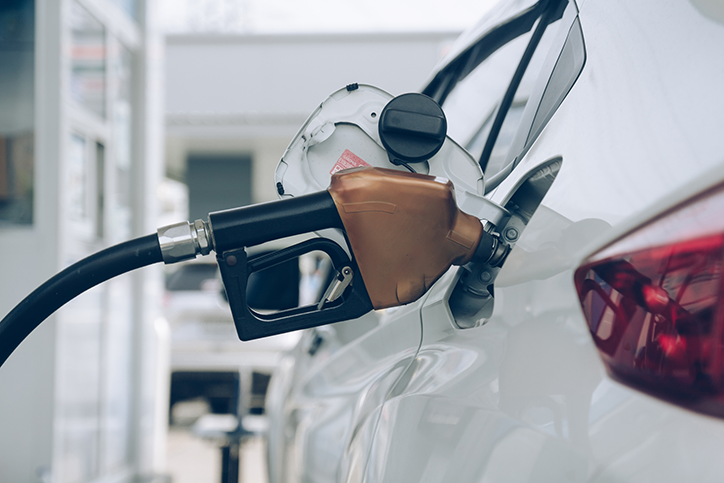Articles
Ways to save with higher gas prices
July 19, 2022
by PEMCO Insurance
.png) More than half of drivers make lifestyle changes to reduce expenses when gas prices top $4 per gallon, according to AAA research, with 75% doing so once prices cross the $5 mark. For many people, especially younger drivers, that means cutting back on socializing and driving fewer miles to make a tank of fuel last longer.
More than half of drivers make lifestyle changes to reduce expenses when gas prices top $4 per gallon, according to AAA research, with 75% doing so once prices cross the $5 mark. For many people, especially younger drivers, that means cutting back on socializing and driving fewer miles to make a tank of fuel last longer.That could translate into fewer accidents if history repeats itself.
In 2008, the last time the nation slogged through an astronomical spike in gas prices, studies showed a link between gas prices, fewer miles driven and fewer accidents. It’s possible we’ll see an even greater change this time since we now have systems in place that allow people to work and shop more easily from home.
Why do gas prices correlate with accidents?
To reduce fuel consumption, people turn to carpooling, combining errands and cutting back on non-essential trips. They also tend to drive more conservatively – maintaining steadier speeds, avoiding fast starts and driving within the speed limit. Those behaviors improve safety and reduce accidents.For teens on tight budgets, high fuel prices may mean giving up driving altogether. Having fewer inexperienced drivers on the road reduces risk for everyone. Even for adults, extra money needed for gas means less to spend on socializing and parties, which cuts alcohol consumption and the accidents that can follow.
How can I reduce how much gas I use?
In a now-classic study, edmunds.com looked at what works to wring every mile out of a gallon of gas. Here’s what they found:- Curb aggressive driving and save up to 37%. Avoid jackrabbit starts, hard braking and zooming up to traffic lights. Besides cutting fuel consumption, a gentler approach lets you look farther down the road and better anticipate changing conditions – a huge safety plus.
- Cut speeds on the open road from 75 mph to 65 mph and save up to 14%. That doesn’t include savings from avoiding possible speeding tickets.
- Use cruise control and save up to 14%. Cruise control eliminates natural variations in accelerator pressure. However, for safety’s sake, don’t use it in wet or icy conditions or on curvy or mountainous terrain where you constantly need to adjust to road conditions.
- Minimize idling and warm-up time and save up to 19%. Consider shutting off the car if you’ll be idling longer than a minute (idling longer typically uses more fuel than restarting). Many newer cars automatically shut themselves off at stoplights (auto start/stop cars typically restart when you lift your foot off the brake). And warm-ups? Modern fuel-injected cars don’t require them since their sensors adjust the gasoline and air mix to account for cold temperatures.
To those gas-saving tips, we’d add four more:
- Inflate your tires to the recommended PSI. Not only does under-inflation compromise your car’s steering and braking ability, but it’s also a drag on mileage. The U.S. Department of Energy estimates you can improve mileage up to 3% just by keeping tires inflated to manufacturers’ specifications.
- Get a tune-up. An engine that’s running well will consume an average of 4% less fuel than one that’s noticeably out of tune, according to the Department of Energy. Using the manufacturer-recommended grade of motor oil can boost your mileage by another 1 or 2%.
- Lighten your load. If your trunk is filled with out-of-season sports gear, you’re consuming extra gas just to haul it around.
- Pass on Premium. While not technically a fuel-saving tip, burning Regular rather than Premium can save you significantly at the pump. According to AAA, only 16% of vehicles on the road (usually older or high-performance cars) need the higher octane of Premium. Do, however, look for “Top Tier” fuel, which has extra additives and detergents beneficial to your car. Check out this report from FOX13 News, where an expert from PEMCO weighs in.
Share on social media